The National Parks and Wildlife Service (NPWS) has achieved a significant milestone in its white-tailed eagle reintroduction programme.
A male eagle, released in 2008, has formed a bond with a female eagle released in 2020 and together they have successfully hatched a new chick this year.
NPWS staff have observed and tagged three chicks raised by the male eagle's previous offspring in Co Clare.
The female eagle has reared a total of 10 chicks, scattered across the country, with some birds now forming pairs.
Significant
Head of the NPWS white tailed eagle reintroduction project Eamonn Meskill stated: "The male eagle has been single for four years since his previous partner died.
"The fact that he has now found and bred with a new partner is significant to our project and we are delighted to see him make a new bond and start a new family.
"It is incredible that one of his offspring is now rearing three chicks. This is a very rare situation, as very few nest sites, whether in Ireland, Norway or anywhere else, have more than two chicks.
“This is the second consecutive year that this particular nest site has hosted three chicks. It demonstrates the suitability of Ireland and its lakes as habitat and feeding grounds for this reintroduction project," he said.
Territory
In 2020, 16 white-tailed eagle chicks were brought from wild nests in Norway and released in Ireland.
One female chick bonded with the widowed male and together they established a territory. They built a nest on an island in Lough Derg in February and the female has successfully hatched one white-tailed eagle chick.
Minister of State for heritage and electoral reform Malcolm Noonan said: "The successful hatching of these white-tailed eagle chicks exemplifies the patience and careful planning involved in a long-term project like the white-tailed eagle reintroduction programme.”
Minister Noonan also acknowledged the challenges faced during the reintroduction process, including bird flu and past instances of illegal poisoning.
He emphasised the importance of the release programme in establishing a stable population of this once-extinct species in Ireland.




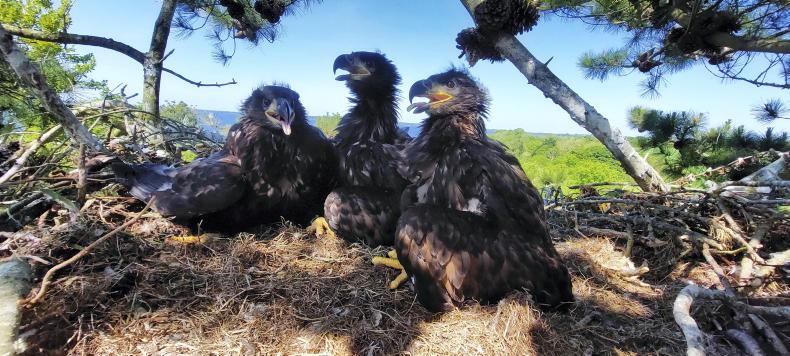
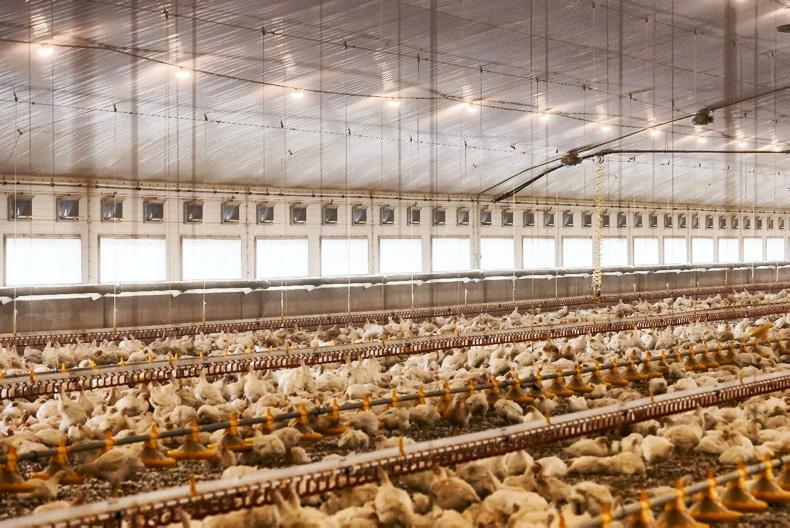

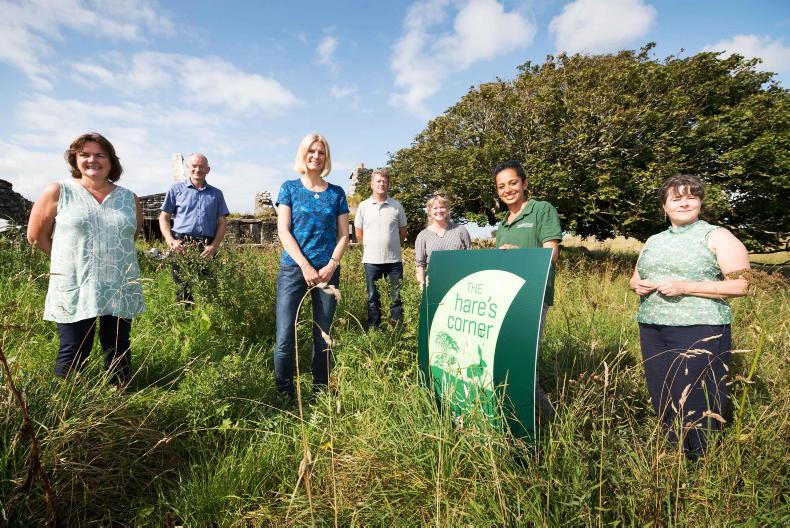
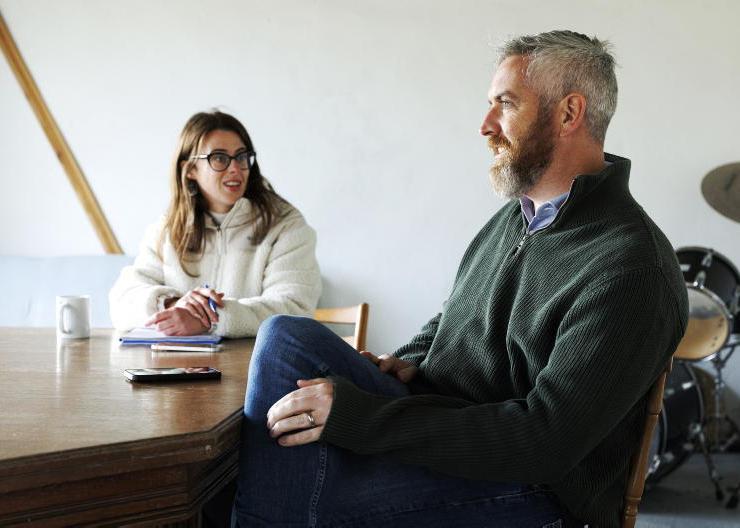
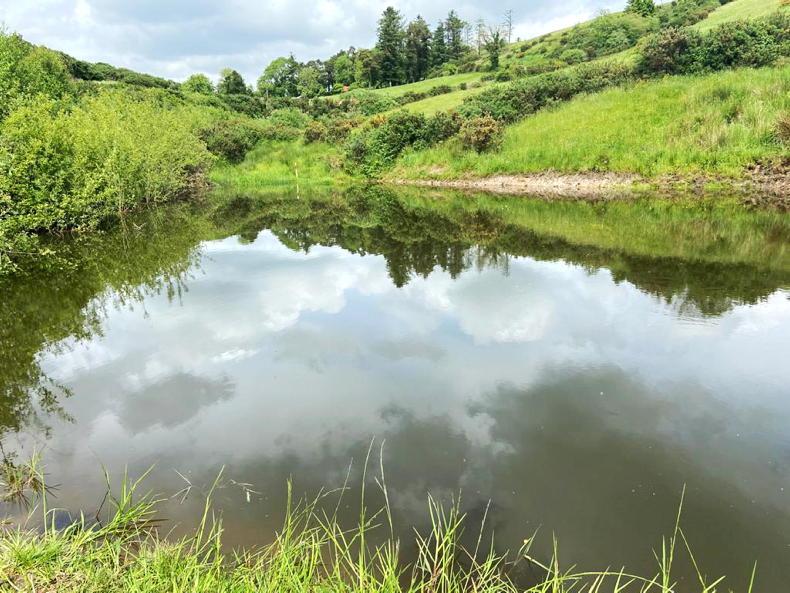
SHARING OPTIONS